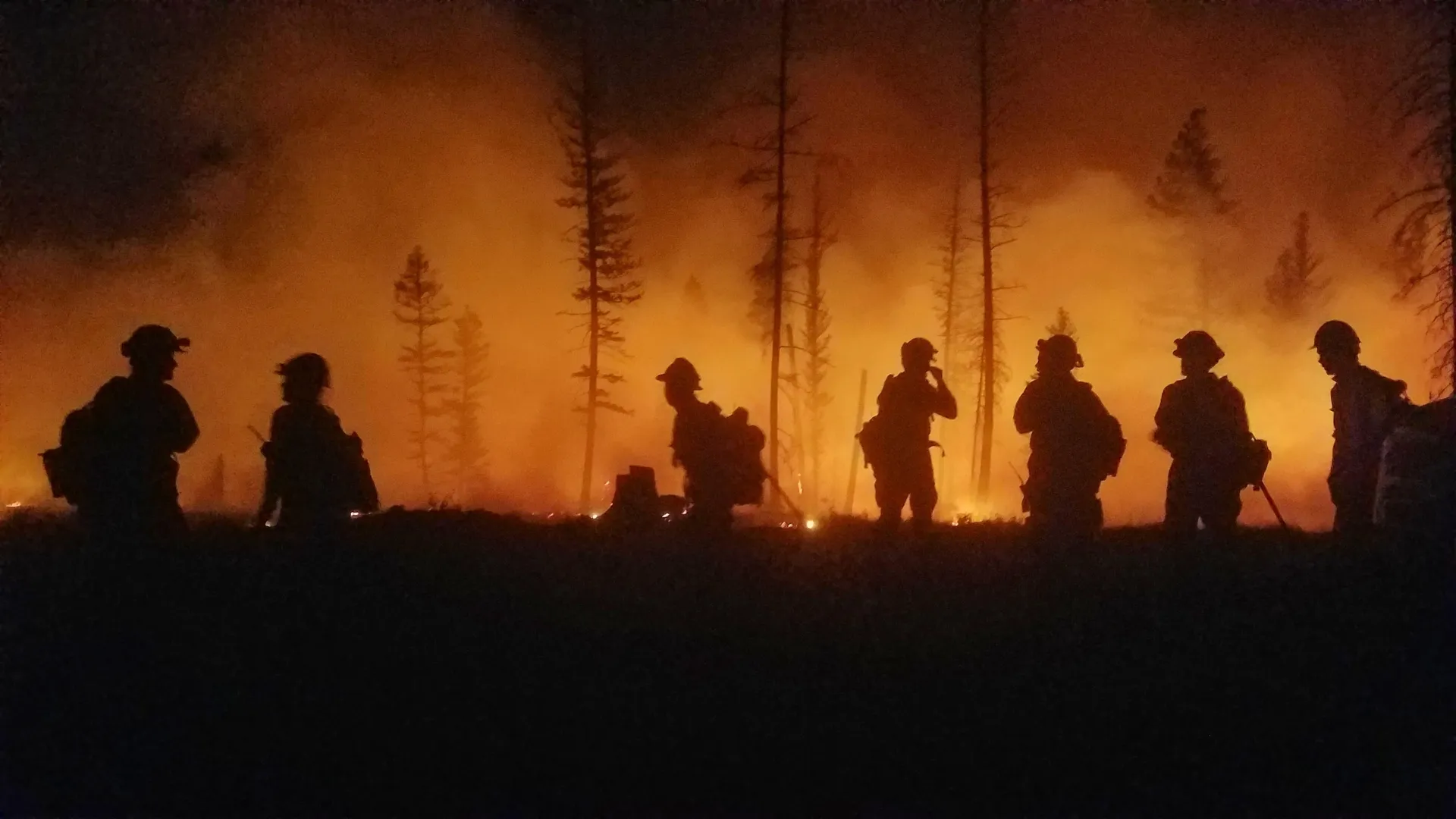Practical Fire Protection For Your Observatory
We’ve all seen the devastating effects that a wildfire can leave behind. In fact my local astronomy club, the Tri-Valley Stargazers where I am currently the newsletter editor, experienced fire first hand when our roll-off observatory building burned to the ground during the 2020 SCU Lighting Complex Wildfire. All that remained were a few blobs of melted aluminum and glass from what used to be a couple of mounts and large reflector telescopes. The same fire also threatened the Lick Observatory located on Mount Hamilton.
With the fire season quickly approaching, I thought I would share a few tips to help you protect your observatory.
Inform your local fire department that you have an observatory. As many observatories, specially roll-off roof types, tend to resemble sheds, fire fighters therefore tend to disregard them and focus on protecting other structures.
As many fires start because of improperly designed or installed utilities, one of the benefits of obtaining a building permit is that it lets building officials know you have an observatory. It also helps to ensure that electrical and other utilities are properly designed and installed as most building jurisdictions will require an electrical inspection when installing permitted electrical, plumbing, and HVAC equipment.
Getting a building permit can also help aid in getting the structure insured.
Install a smoke detector and have it hardwired with a battery backup. Some smoke detectors can even be set up to issue alerts as well as part of your security system.
Maintain a defensible space around your observatory.
When constructing your observatory, design and build using fire-rated assemblies. These have been tested to rigorous standards to ensure building occupants can get out when there is a fire, but they can also help to protect a building as well.
CLICK the link below to Download our Defensible Space Diagram
